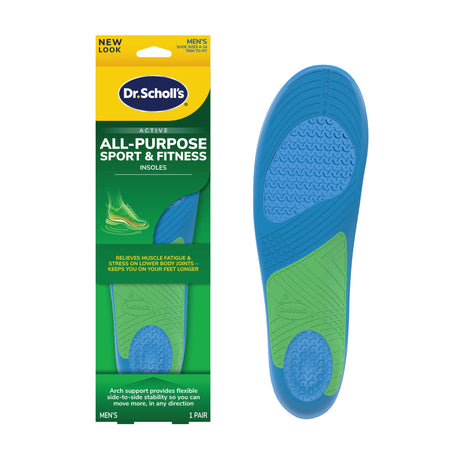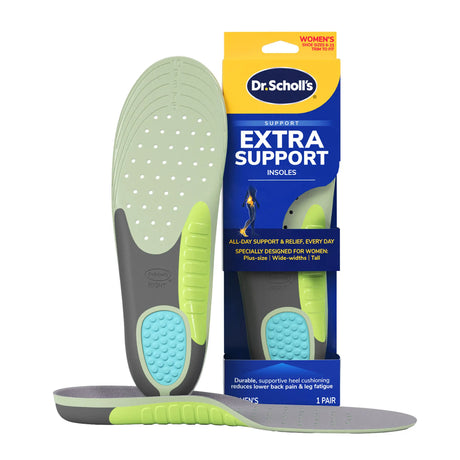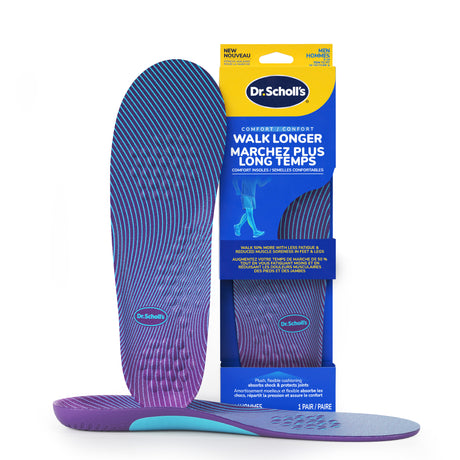Leg Fatigue & Soreness FAQs
Economy shipping is FREE for orders over $25+!

If you have leg soreness because of an intense workout or active day, there are several ways to help ease the discomfort, including:
• Stretching — While it’s not completely clear if stretching is effective for getting rid of sore muscles, some people experience relief from light stretching following a physically demanding day. Ask a physical therapist or personal trainer for guidance.
• Massage — Sore muscles often feel better and less tight after a massage. Getting a massage can also help relieve tension and promote relaxation.
• Rest — If you have leg soreness from a hard workout, it’s important not to repeat the same workout the following day. Give your muscles a chance to rest by taking a break from intense exercise.
• Heat — Applying a heating pad or a warm compress to the legs can help soothe achy muscles.
• Light activity — Gentle movement can help reduce stiffness and soreness. Consider going for a light walk or swim to help get soreness out of your legs.
• OTC pain relievers — Over-the-counter pain relievers such as ibuprofen and naproxen can help get rid of soreness in legs. These medications can also help with inflammation.
• Epsom salt bath — A warm bath containing Epsom salts can help ease leg muscle soreness while providing a relaxing experience.
There are several ways to help reduce leg soreness. Consider the following tips:
• Try to avoid overworking the leg muscles. If you’re new to an activity or sport, start slowly and gradually increase the intensity and frequency of your workouts. Give your muscles a chance to rest between active days.
• Some people find that warming up and stretching out before they work out can help reduce leg soreness. It may also be helpful to cool down and stretch out thoroughly following a workout.
• Wearing insoles may help alleviate leg muscle soreness. Dr. Scholl’s® Comfort & Energy Work Insoles feature gel cushioning that absorbs shock and minimizes the impact to your leg muscles from working long hours on hard surfaces. The responsive cushioning helps reduce muscle fatigue while keeping you feeling more energized all day. Dr. Scholl’s® Energizing Comfort with Massaging® Gel Insoles provide exceptional comfort during long days on your feet. The insoles help reduce muscle fatigue in the legs, which may help minimize soreness.
To help get rid of leg muscle soreness after leg day, consider the following tips:
• Take it easy — Rest can be beneficial following a challenging workout. However, it’s best not to just sit around on the couch. Taking it easy can help with muscle recovery but it’s also important to keep moving in some fashion. Take a break from any type of activity that could overwork the leg muscles. Instead, choose a light activity that gently works the legs. Light walking is generally considered a good choice for leg muscle recovery since it gets the blood flowing and keeps the muscles warm and limber without the risk of additional soreness.
• Massage — Some people get relief from post-leg day soreness with massage. You might also consider using a foam roller to relieve leg soreness. Ask a physical therapist or sports trainer for guidance on how to use a foam roller to reduce soreness after leg day.
Legs that are sore following physical activity will typically feel better after a few days. If your leg soreness doesn’t resolve or if you’re experiencing intense pain, see your doctor. In some cases, muscle pain can be an indication of a serious condition or injury requiring medical attention.
It may not be possible to prevent soreness after leg day entirely. However, the following tips may help:
• Set realistic goals — Be realistic with your leg day workouts to avoid overworking your leg muscles. Consider hiring a personal trainer to help get you started. Choose a workout designed for beginners so that you’re starting slowly with exercises that aren’t too challenging. Gradually strive for more challenging workouts as your muscles have a chance to adapt.
• Use proper form — Performing an exercise incorrectly can increase the risk of injury and soreness. Consult with a personal trainer to make sure you’re using the right techniques with your leg day exercises.
• Limit the number of leg days — Avoid too many leg days during a given week. Your leg muscles need a chance to recover. Reworking the same muscles too soon can result in increased soreness. Many experts recommend limiting leg days to two or three times a week. Allowing two or three days between workouts helps the muscles recover and reduces the risk of soreness.
Yes, leg cramps can cause soreness in some cases. Following a leg cramp, the affected muscles can feel sore for a few hours or even days.
















